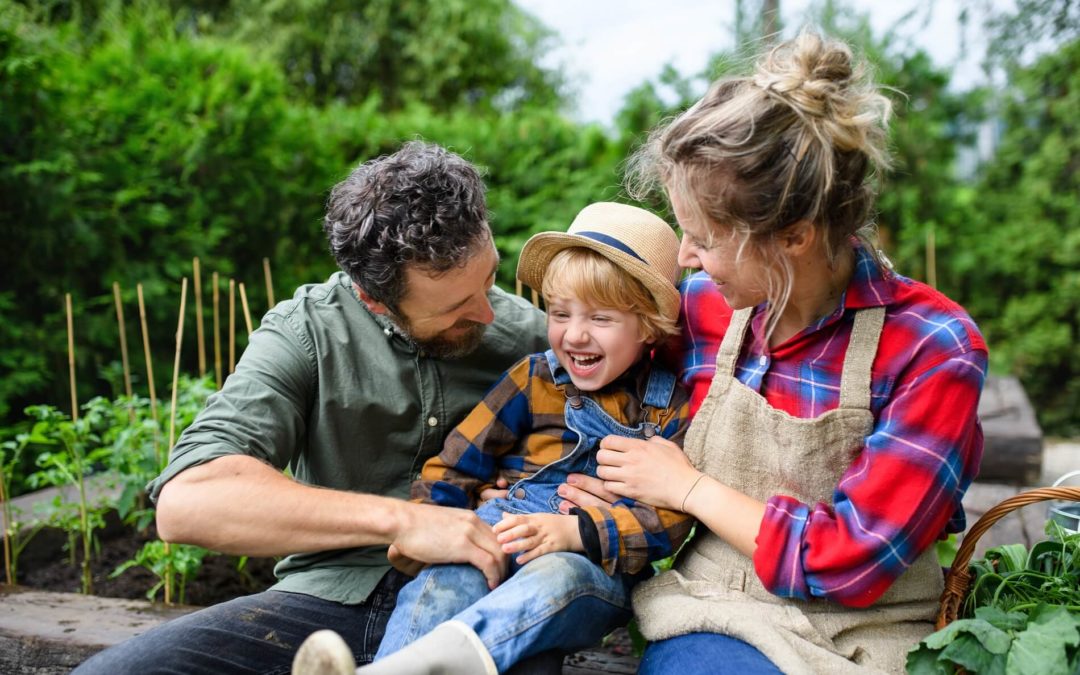By now, if you’ve read all the blogs, you should have a good grasp on what DIR/Floortime is all about. We’ve covered most of the theory but the success of this practice lies in the implementation of it. Last week we talked about the nuts and bolts of starting the Floortime session. This was just a start. There are so many factors to consider.
I left you with a few questions:
- What if my child won’t stop crying or having a tantrum?
- What if my child appears to ignore me no matter what I try?
- What if my child just repeats the same thing over and over?
- What if what my child is violent or does something dangerous?
Here’s where we get into the interaction of the child’s developmental level, ‘D’, their individual sensory profile, ‘I’, their relationship with you, ‘R’, and how we conduct a Floortime session.
Recall that the goal of Floortime is to promote and support your child’s developmental progress.
By increasing the frequency of affective, reciprocal, back-and-forth interactions between you and the child, we help the child connect affect to their motor planning and support their development. But this can be a challenge for some parents.
Within everything we discussed last week, we always want to be asking ourselves: what Functional Emotional Developmental Capacity is the child currently displaying at in this moment?
This brings us to our questions from the last blog post:
If your child is having what Dr. Greenspan calls a catastrophic emotional reaction, are they exhibiting shared attention and interest in the world?
If your child is ignoring you, do they have shared attention and interest?
If your child is exhibiting perseverative behaviour, are they regulated with shared interest and attention?
If your child is exhibiting behaviour that is violent or dangerous to them or another, do you think they feel regulated and at ease?
While the answer might be “No” to the first and last question, the two in between are trickier. Here is where we consider the ‘D’. Developmentally, for the first and last question, you can co-regulate with your child supporting their capacity to feel at ease and safe so they are able to share attention.
In the case where the child is violent or dangerous, you will want to know if the aggression is an outlet due to a sensory need, ‘I’, or if they are reacting fearfully out of defense, ‘R’.
The interaction with ‘I’ also needs consideration, though, because to help the child feel at ease, we need to know their individual sensory profile. We need to know that talking too loudly or being in a room that is too bright, for instance, might provoke anxiety.
Ignoring can be due to a number of reasons. If they are seeming to ignore us, it could be us not showing empathy and attuning to our child. It might be our interpretation of their behaviour, while in fact, they might be attending to us in a way that looks different than neurotypicals attend.
Repetitive, ‘perseverative’ behaviour could be a form of self-regulating, enjoying what they’re doing, or not yet developing motor planning skills. Playful obstruction, which was discussed last week, can help you join in and interact if you are attuned and the child is regulated and the focus is on ‘playful’.
The interaction with ‘R’ is most important here because in order to feel at ease, the child needs to feel safe with you. If you are demanding the child to calm down, for instance, or otherwise provoking anxiety in the child, this will sabotage their first capacity of feeling safe and being regulated.
If you are expecting them to behave in neurotypical ways that don’t come naturally to them, it can provoke anxiety. We want our Relationship to eclipse anything else and accept the child for who they are.
Self-regulation and Interest in the world may only be the first Functional Emotional Developmental Capacity (FEDC), but it can be the most challenging for some parents. Helping your child to feel safe and regulated is the most important thing to do to support your child.
Co-regulation is attending to the ‘D’, taking into account the ‘I’, within the safe space of our ‘R’ and during all of this we are attending to our own capacities and individual differences. It is a complex art that is dynamic, depending on us, our child, and the environment around us.
Self-regulation isn’t unique to the DIR model. Dr. Stuart Shanker applies it to all of us. CLICK HERE
If your child is not at ease and dysregulated, we look to co-regulate. A child can only learn self-regulation from having caregivers who co-regulate with them first.
One key to helping any child’s developmental progress is for the child to expand the range of feelings they can tolerate.
We need to be accepting of all of the child’s feelings, but our children may need guidance in the expression of these feelings.
Not only do we want to label feelings for our children, but we want to show that we understand with appropriate facial expressions and reactions. This is called mirroring.
You can have a look of great concern on your face when your child is dysregulated. You can nod and repeat back what you see your child expressing or just be beside them, showing you are there to support them.
This connects us to the child (the ‘R’), who sees that we empathize with what they are feeling and accept it.
This promotes their sense of safety and security because they don’t have to censor themselves around us.
Children are very sensitive, so this is very important. If they sense that we disapprove of their emotions, they will defend themselves from feeling vulnerable with us and we lose trust.
During catastrophic emotional reactions, our children are in fight or flight mode so they are not capable of reasoning. This is not the time to teach them how to behave.
The behaviour you hope for comes when they feel safe and when they reach that developmental capacity.
If they are stuck in catastrophic emotional reactions, they will struggle developmentally. We are their guide and must support them through every one of their emotions.
This will be very challenging to do if we ourselves are not comfortable with our own range of emotions. This is where the ‘R’ really can make or break a DIR/Floortime approach.
Next week we will explore this concept of co-regulation in much more depth; that is, helping our children feel at ease and regulated so we can share attention and interest together, which is the first Functional Emotional Developmental Capacity. It is a cornerstone to the DIR model, and especially to doing Floortime.
Until next week, here’s to affecting autism through playful interactions!




